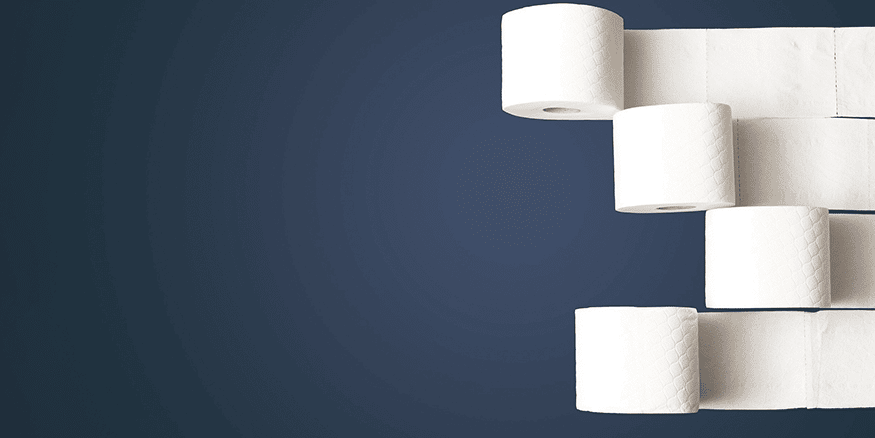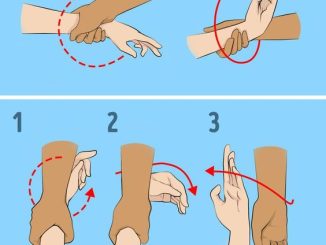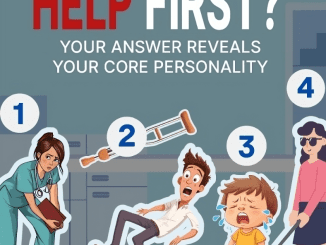Children have a way of asking questions that catch us completely off guard — and sometimes, those questions turn out to be more thought-provoking than we’d ever expect. The other day, my five-year-old son looked up from the bathroom and asked, “Why is toilet paper always white?” Simple, right? But that one innocent question turned into a deep dive into history, manufacturing, psychology, and even a bit of marketing.
Turns out, there’s a lot more behind that plain roll of white tissue than meets the eye.
Understanding a Child’s Curiosity About the Ordinary

Kids are wired to explore. They don’t just accept the world as it is — they want to know why it is. When my son pointed out that toilet paper is always white, I realized he was observing something we all take for granted. In his colorful world full of toys, crayons, and picture books, a white roll stood out as strangely plain.
This was more than a random question — it was an invitation to learn together, to peel back the layers (pun intended) and uncover a story hidden in plain sight.
A Brief History of Toilet Paper: From Pink to White
Believe it or not, toilet paper hasn’t always been white. In the mid-20th century, you could buy toilet paper in a rainbow of pastel shades — pink, blue, peach, even mint green. Some brands even offered patterns to match your bathroom wallpaper. It wasn’t just functional; it was fashionable.
So what happened?
As consumer preferences evolved, people began to associate white with cleanliness and hygiene. Combined with the cost and environmental concerns of using dyes, manufacturers started moving away from colored toilet paper. Over time, white became the universal standard, and the rainbow rolls faded into history.
Video : A Brief History of Toilet Paper
How Toilet Paper Is Made — And Why It’s White
To understand why toilet paper is white, we have to look at how it’s made.
The manufacturing process begins with wood pulp, which is broken down into fibers. These fibers are then bleached to remove color, lignin (the stuff that holds wood together), and any remaining impurities. This bleaching process is key — it not only whitens the paper but also makes it softer and more absorbent.
In short, the whiteness isn’t just for show. It’s the result of a process that improves the texture, strength, and hygiene of the final product.
The Psychology Behind the Color White in Hygiene Products
Color matters more than we think — especially in products related to cleanliness. White, psychologically, is tied to ideas of purity, sterility, and freshness. It’s why doctors wear white coats and why hospitals often use white sheets and tiles.
When you see a white product in the bathroom, your brain automatically associates it with being clean and safe. Colored toilet paper, on the other hand, can raise subconscious doubts: “Is this as clean? Is it safe for sensitive skin?”
So the color white isn’t just practical — it’s strategic. It puts your mind at ease.
The Economic and Environmental Angle of Color Choice
Producing white toilet paper is also cheaper and more efficient. Think about it: creating multiple colors would require separate dye batches, different production lines, and extra packaging designs. That means more complexity, more costs, and more waste.

From an environmental standpoint, while bleaching does have an impact, many companies today use eco-friendly processes that allow them to use recycled fibers while still achieving that bright white color. And by sticking to one neutral option, manufacturers can minimize production emissions and simplify recycling.
So ironically, white toilet paper may actually be greener than its colorful counterparts.
Colored and Patterned Toilet Paper: Do They Still Exist?
If you’re feeling nostalgic, yes — colored toilet paper is still out there. It’s just rare. Specialty brands and boutique bathroom decor companies offer colored or even scented rolls for those who want to match their tissue to their towels.
But there’s a catch: they cost more, they often contain dyes and fragrances, and they may not be as skin-friendly as traditional white rolls. That’s why most people — especially those with sensitive skin or health concerns — stick to the classic white option.
What My Son Helped Me Realize About Everyday Wonders
When my son asked why toilet paper is white, he didn’t just spark a casual Google search — he opened the door to a full-blown exploration of things we often overlook. His simple question became a launchpad for curiosity, conversation, and connection.
Video : Astronomer Carl Sagan on children and their curious questions
We learned together:
- How history shapes what we use today
- Why design and psychology matter in even the most mundane products
- How manufacturing choices affect the environment
- And how asking questions — even about toilet paper — can lead to surprising insights
This whole experience reminded me that there’s wonder in the everyday. That roll hanging by the toilet? It’s a quiet example of human design, psychology, and efficiency — all wrapped into one.
Conclusion: From Curious Kids to Conscious Conversations
Sometimes, it takes a five-year-old to remind us to stop and wonder. What started as a question about a white roll of toilet paper turned into a deeper understanding of how things are made, why they are the way they are, and how our choices — as consumers, as parents, and as curious humans — are shaped by unseen stories.
So next time your child asks a “silly” question, don’t dismiss it. Follow the thread. You might just uncover something incredible… even in the most unexpected places.
Because in the end, the best answers often begin with the simplest questions.


